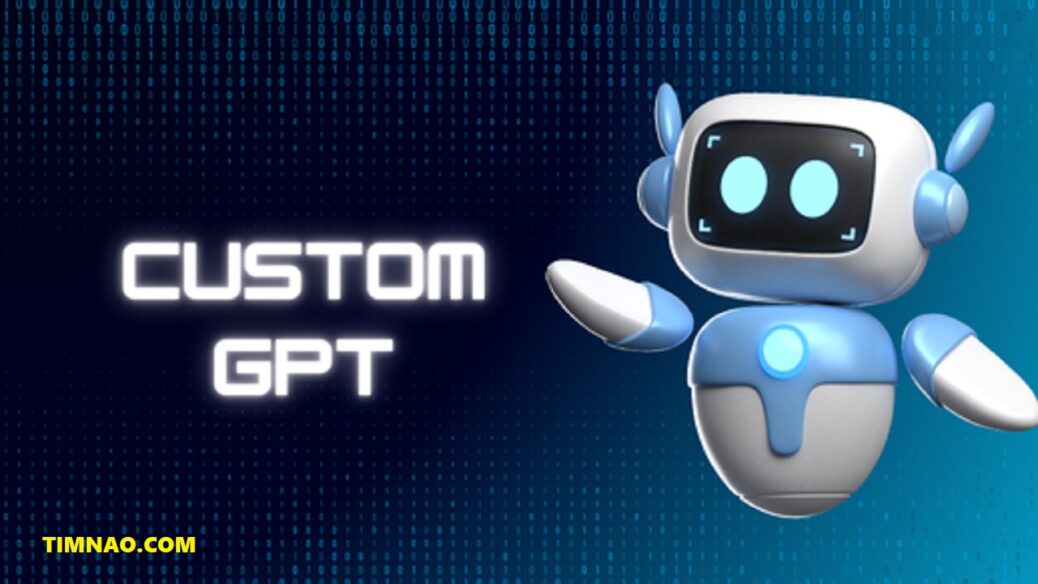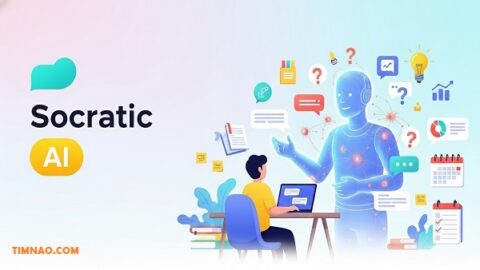Introduction
Custom GPTs are revolutionizing the AI landscape, enabling developers, entrepreneurs, and businesses to create specialized AI models tailored to unique needs. With the rise of the GPT Store, there is now a vast opportunity to develop, optimize, and monetize AI-driven chatbots and applications. Whether you’re a beginner or an experienced developer, this guide will walk you through 11 powerful steps to successfully build and launch your own custom GPTs in 2025.
Step 1: Understanding Custom GPTs and the GPT Store
Before diving into the development process, it’s crucial to understand what custom GPTs are and how the GPT Store operates.
- Custom GPTs are specialized AI models based on OpenAI’s GPT framework, designed for specific tasks, industries, or audiences.
- The GPT Store is an online marketplace where creators can upload, share, and monetize their custom GPTs.
- Users can browse and purchase AI models that meet their needs, creating a new revenue stream for AI developers.
Step 2: Identifying Your Niche and Target Audience
To build a successful custom GPT, start by identifying a niche and understanding the target audience:
- What problem will your GPT solve?
- Who will benefit from using it?
- What makes your AI model unique?
Examples of profitable niches include:
- Customer support AI for businesses
- AI-powered language tutors for learners
- Financial advisory bots for investors
- AI-generated marketing assistants for digital marketers
Step 3: Choosing the Right GPT Model
OpenAI offers various GPT models, each with different capabilities. Select a model that best fits your use case:
- GPT-4 for advanced AI applications
- GPT-3.5 for more cost-effective solutions
- Fine-tuned models for specific tasks
Step 4: Designing the AI’s Personality and Functionality
One of the biggest advantages of custom GPTs is the ability to shape their personality and functionality. Decide on:
- Tone and style (formal, casual, humorous, etc.)
- Response accuracy (detailed vs. concise answers)
- Knowledge base (specific vs. general expertise)
- Interactivity level (text-based vs. voice-enabled)
Step 5: Training Your Custom GPT
Training a GPT model involves providing it with relevant data to enhance its responses. Key considerations include:
- Using high-quality, domain-specific datasets
- Implementing Reinforcement Learning from Human Feedback (RLHF)
- Conducting multiple test runs and refining the responses
Step 6: Integrating APIs and External Data Sources
To enhance your custom GPT, integrate it with external APIs and databases:
- CRM systems for business automation
- Financial APIs for real-time stock data
- Weather APIs for travel assistants
- E-commerce platforms for shopping assistants
Step 7: Ensuring Security and Compliance
Data security and ethical AI practices are critical when developing custom GPTs:
- Implement user authentication for secure access
- Ensure compliance with GDPR and CCPA for data privacy
- Filter out biased or harmful responses through ethical AI guidelines
Step 8: Testing and Debugging
Before launching your custom GPT, rigorous testing is necessary to ensure:
- Accuracy – Responses align with user expectations
- Speed – AI provides timely responses without lag
- Scalability – Can handle multiple requests simultaneously
- Error Handling – Avoids incorrect or misleading outputs
Step 9: Uploading to the GPT Store
Once your custom GPT is refined, it’s time to publish it on the GPT Store:
- Create a compelling product description
- Set competitive pricing (free, one-time purchase, or subscription-based)
- Optimize SEO keywords to enhance discoverability
Step 10: Marketing and Monetization Strategies
Maximize the visibility of your custom GPT by:
- Leveraging social media marketing (LinkedIn, Twitter, YouTube, etc.)
- Running Google Ads and paid promotions
- Partnering with influencers and industry experts
- Offering freemium versions to attract more users
Step 11: Continuous Improvement and Updates
AI technology evolves rapidly, so continuously updating your custom GPT is crucial:
- Gather user feedback for improvements
- Train on new datasets to keep content relevant
- Update features and capabilities to stay competitive
Conclusion
Building and monetizing custom GPTs in the GPT Store presents a lucrative opportunity for AI enthusiasts, developers, and businesses. By following these 11 powerful steps, you can create a high-quality, engaging, and profitable AI model that stands out in the market. Start today and position yourself as a leader in the ever-growing world of AI!
Video for reference:










It’s remarkable for me to have a web page,
which is good designed for my know-how. thanks admin